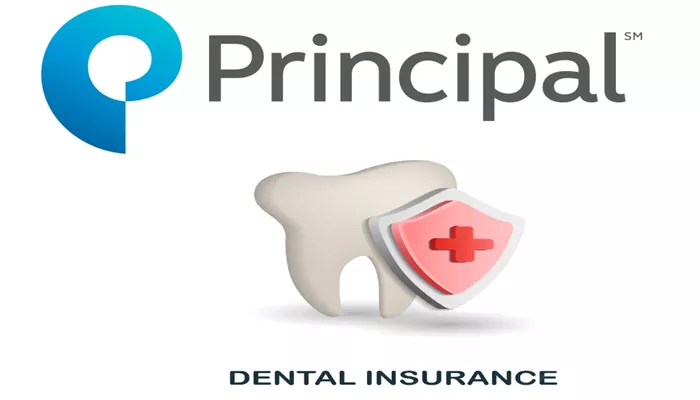Private dental insurance is a type of health coverage that helps pay for dental care costs. Unlike public or government dental programs, private dental insurance is purchased individually or through employers. It allows you to pay a monthly premium and receive benefits that cover some or all of your dental treatments. These treatments can include routine check-ups, tooth extractions, gum disease care, and more complex procedures. The goal is to reduce the financial burden of dental care and encourage regular dental visits to maintain oral health.
Types of Private Dental Insurance Plans
There are several common types of private dental insurance plans available in 2025:
Preferred Provider Organization (PPO): Offers a wide network of dentists. You can see dentists inside or outside the network, but out-of-network visits cost more. PPO plans usually have higher premiums but provide flexibility.
Health Maintenance Organization (HMO): Requires choosing a primary dentist within the network. Referrals are needed for specialists, and out-of-network care is generally not covered. Premiums tend to be lower.
Exclusive Provider Organization (EPO): Coverage is limited to in-network dentists only. Premiums are lower than PPOs, but there is no coverage for out-of-network care.
Indemnity Plans: These plans allow you to visit any dentist and reimburse a percentage of the treatment costs. They offer the most freedom but often come with higher premiums.
Point of Service (POS): Combines features of PPO and HMO, but POS dental plans are less common as of 2025.
Dental plans may also be categorized by metal tiers (Bronze, Silver, Gold, Platinum), with higher tiers offering more comprehensive coverage at higher premiums.
Advantages of Private Dental Insurance
Private dental insurance offers several benefits:
Cost Savings on Routine Care: Most plans cover 100% of preventive services like cleanings, exams, and X-rays, which helps prevent costly dental problems.
Coverage for Basic and Major Procedures: Many plans cover basic care such as tooth extractions, fillings, and treatment for gum disease at 70-80%, and major procedures like crowns and dentures at around 50%.
Access to a Network of Dentists: Plans like PPOs provide access to a broad network, making it easier to find a dentist.
Financial Protection: Insurance helps protect against unexpected high dental bills, especially for costly treatments.
Encourages Regular Dental Visits: Insurance coverage motivates people to maintain oral health through regular check-ups and cleanings, reducing the risk of serious dental issues.
Coverage of Private Dental Insurance
Private dental insurance typically covers three categories of dental care:
Preventive Care: Includes routine exams, cleanings, fluoride treatments, and X-rays. This care is often covered at 100% with no out-of-pocket cost to encourage prevention.
Basic Care: Covers procedures like tooth extractions, fillings, root canals, and treatment for gum disease. Coverage usually ranges from 70% to 80%.
Major Care: Includes crowns, bridges, dentures, implants, and sometimes oral surgery. Coverage is often around 50%, and some plans have waiting periods before major care is covered.
Orthodontic treatments and cosmetic dentistry are generally not covered or require separate plans. Most plans have annual maximum limits (commonly $1,000 to $1,500), which caps the total amount the insurer will pay per year.
Related Costs of Private Dental Insurance
The costs associated with private dental insurance include:
Monthly Premiums: These vary widely depending on the plan type, coverage level, and location. In 2025, premiums can range from as low as $8 to over $100 per month. For example, PPO plans average around $27 per month, while HMO plans may be closer to $19.
Deductibles: The amount you pay out-of-pocket before insurance starts to pay. Deductibles vary but are usually modest.
Co-pays and Co-insurance: You often pay a percentage of the cost for basic and major procedures even after meeting the deductible.
Annual Maximums: The maximum amount your insurance will pay in a year. Costs beyond this limit are your responsibility.
Out-of-Network Fees: If you see a dentist outside your plan’s network, you may pay higher fees or receive reduced coverage.
It’s important to consider all these costs to understand the total expense of your dental insurance plan.
Pros and Cons of Private Dental Insurance
| Pros | Cons |
| Covers preventive care fully, encouraging healthy habits | May have annual maximum limits that restrict coverage for expensive treatments |
| Reduces out-of-pocket costs for common procedures like tooth extractions and gum disease treatment | Premiums add up even if you don’t use many services |
| Access to a network of dentists | Waiting periods for major procedures can delay coverage |
| Financial protection against unexpected dental emergencies | Cosmetic and orthodontic treatments often not covered |
| Variety of plan types to fit different needs and budgets | Some plans have limited provider networks |
Conclusion
Private dental insurance in 2025 offers valuable coverage for preventive, basic, and some major dental care. It helps manage costs for treatments such as tooth extractions and gum disease care while encouraging regular dental visits. However, it comes with costs like monthly premiums, deductibles, and annual maximums that limit total benefits. Choosing the right plan depends on your dental health needs, budget, and preference for provider flexibility. Understanding the types of plans and coverage details can help you make an informed decision to protect your oral health and finances.

